Top 7 Benefits of Artificial Intelligence
Artificial Intelligence (a.k.a) is a computational concept that has been becoming fascinated by scientists and experts around the world in recent years. In the last ten years, technology has been growing at breakneck speed, and thanks to that, incredible breakthroughs have been found in the fields of AI research and development, including machine learning and deep learning.
These fields of research have given machines to understand, process, and analyze information in a very sophisticated manner. Some of the well-known applications of AI in our daily life are facial recognition, self-driving cars, voice assistance, etc.
Not only this immense increase in AI ability has brought about great benefits; there have been growing numbers of debates among experts about the potential risks that AI can impose on humankind. Some of them are concerns about AI having the ability to take control of our lives to the point that it is detrimental to humanity. Killer robots and presidential election interference are also among the growing worries.
With that being said, AI is still growing at an incredible pace because it is expected to bring much more good than harm to our future. In this article, I will introduce to you the top seven benefits that humans will be able to enjoy with the incorporation of artificial intelligence into our daily lives.
What is artificial intelligence?

Artificial intelligence (AI) is a branch of computer science involving building intelligent machines that have the ability to perform tasks that typically require human intelligence.
For example, in the history of humankind, driving a vehicle requires a human driver. That is, however, not really the case in today’s world of AI. AI-powered mobile app development company self-driving cars are no longer a foreign concept, and there are already tons of cars that can drive themselves on the road (ever heard of Tesla?). Similarly, AI for ADHD is also showing promise in assisting individuals, providing tools and interventions to manage symptoms and improve daily functioning. Moreover, AI lease abstraction tools have revolutionized the real estate industry, automating the process of extracting key information from lease agreements, saving time and reducing human error.
AI also has application in voice assistance. Our grandparents would have a hell of a surprise when they spoke to Alexa and got a response. Today, advancements in AI development, including machine learning and deep learning, are creating a fundamental change in virtually every sector of the tech industry.
What types of artificial intelligence are there?
Reactive machines:
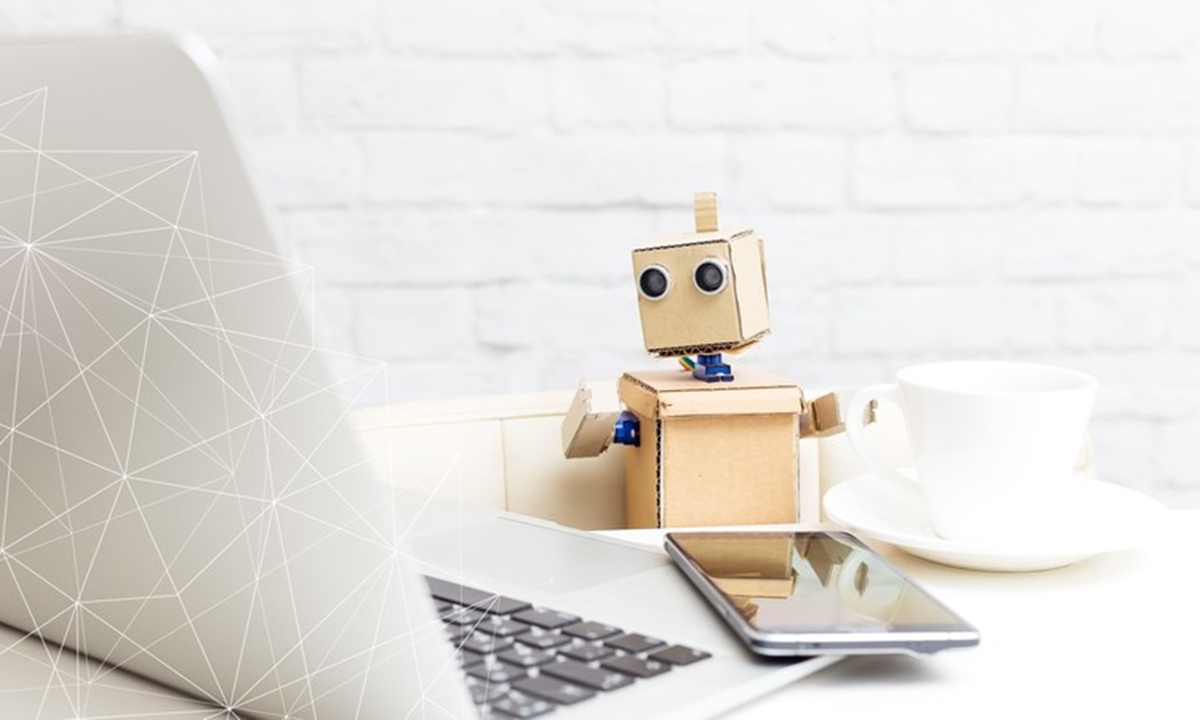
Reactive machines are the most basic type of AI. Machines that come out of this branch of artificial intelligence, as the name says, is purely reactive. What does that mean? That means they are capable of using programmed rules to react to situations. Deep Blue, the IBM chess-playing supercomputer, which beat the international grandmaster Garry Kasparov in the late 1990s, is the perfect example of reactive machines.
What Deep Blue can do is identify the pieces on a chessboard and know how each moves; these pieces of insight are programmed into the machine by humans. Then, with this knowledge, it can make forecasts about what moves may be the next for its opponent, and, from that, it can work out the most optimal move from among all of the possibilities.
Reactive machines don’t have the ability to use memories and past experiences to inform present decision making. In other words, reactive machines don’t have the concept of learning from the past as humans do, they are only capable of calculating and choosing the best move among a great collection of possibilities created by fixed rules.
Let’s get back to the chess example. The game of chess has fixed rules (certain pieces can only move certain ways), and with these fixed rules come to a collection of possibilities. Choosing the best option out of these possibilities is what reactive machines do.
Two of the most well-known reactive machines are Deep Blue (mentioned) and its fellow AlphaGo developed by Google. These latest intelligent machines that we marvel at either have no such definition of the universe or have a very specific and specialized one for their particular tasks.
The breakthrough in Deep Blue’s design was not to extend the selection of potential moves considered by the program. Rather, developers found a way to limit their evaluation and avoid exploring any unnecessary future actions, based on how they valued their outcome. Without this feature, Deep Blue would have required much greater machine power to actually beat Kasparov. Likewise, Google’s AlphaGo, which has beaten top human Go experts, can’t determine every possible future move either. This method of evaluation that AlphaGo is using is more advanced than Deep Blue’s.
These techniques also boost the ability of AI systems to play particular games better, but they cannot be easily modified or extended to other circumstances. Such computerized imaginations have no understanding of the broader world – that is, they cannot work outside the particular tasks assigned to them and are easily fooled. They can’t actively interact with its surrounding environment, which is the way we hope AI systems would be capable of one day.
Alternatively, these computers just behave precisely the same way every time they face the same situation. Though the application of reactive machines is narrow due to this limitation in capability, this type of artificial intelligence makes reliable systems that we can trust (If we set them up correctly, they will deliver the same result every single time, plus they don’t get bored, or sad, or tired, and they work 24/7).
Limited memory:
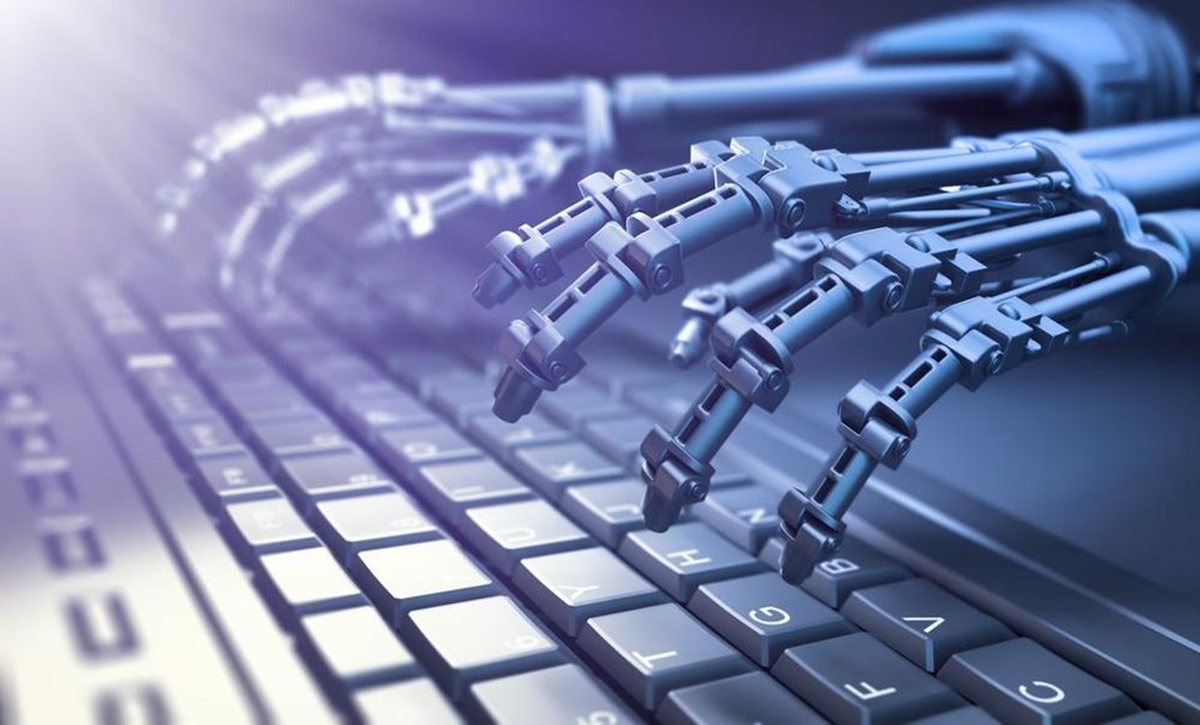
Limited memory machines are those that can retrieve their past experiences over a limited period of time (that’s the reason for the name limited memory). Autonomous cars are becoming more and more capable of this in recent years. What they can do is observing other cars’ speed and directions. These observations are, then, added to the self-driving cars’ preprogrammed understanding of the world, which also includes traffic lights, lane markings, and other important elements (like curves in the road). The car uses these pieces of information to decide when to switch lanes, or to overtake another car on the road.
Although it’s really cool for cars to be able to do that, these pieces of memory last just a short amount of time, and the cars will relearn all of them every time they hit the road. In other words, the car doesn’t have a library of past experiences that they can refer to like we humans do. AI scientists are working to advance this type of AI further so that it can build up its own memories and recall their interactions so that they can cope with new unexpected situations. As you might know, however, that is very difficult.
Theory of mind:
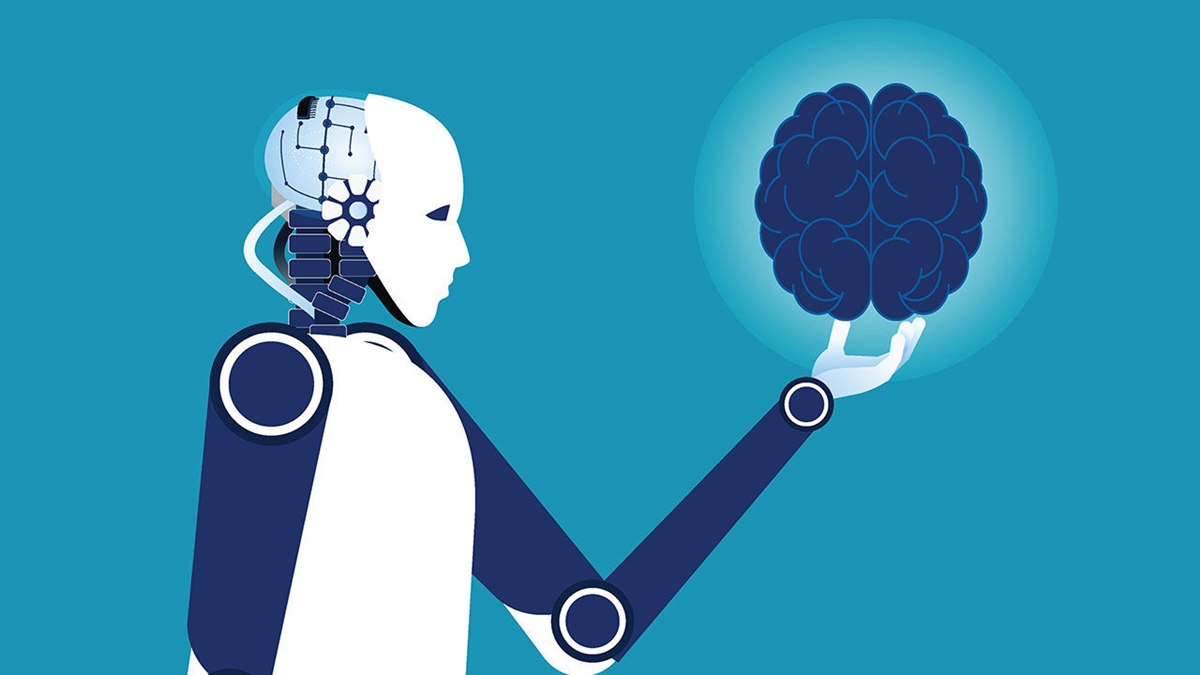
Theory of mind is the line between the AI we have and the one we will be able to build in the future. At this point in time, humankind has reached the AI milestone of limited memory, and there’s still a long way until we can develop this type of AI to its full potential.
Theory of mind is expected to be the next more advanced generation of AI that not only can construct the concept of the human world but also of other entities (humans, animals) in that world. The reason this generation of AI is called theory of mind is that, in human psychology, theory of mind is the knowing that humans and other entities in the world have thoughts and emotions that drive their own behavior.
Theory of mind is the core of how we, as humans, have formed and maintained societies over thousands of years. Without understanding one another’s emotional motives and intentions, living in harmony would be very difficult for humans. If AI machines would ever walk among humans, they would have to have the ability to understand other entities’ thoughts and feelings too so that they can integrate themselves into the environment.
Self-awareness:
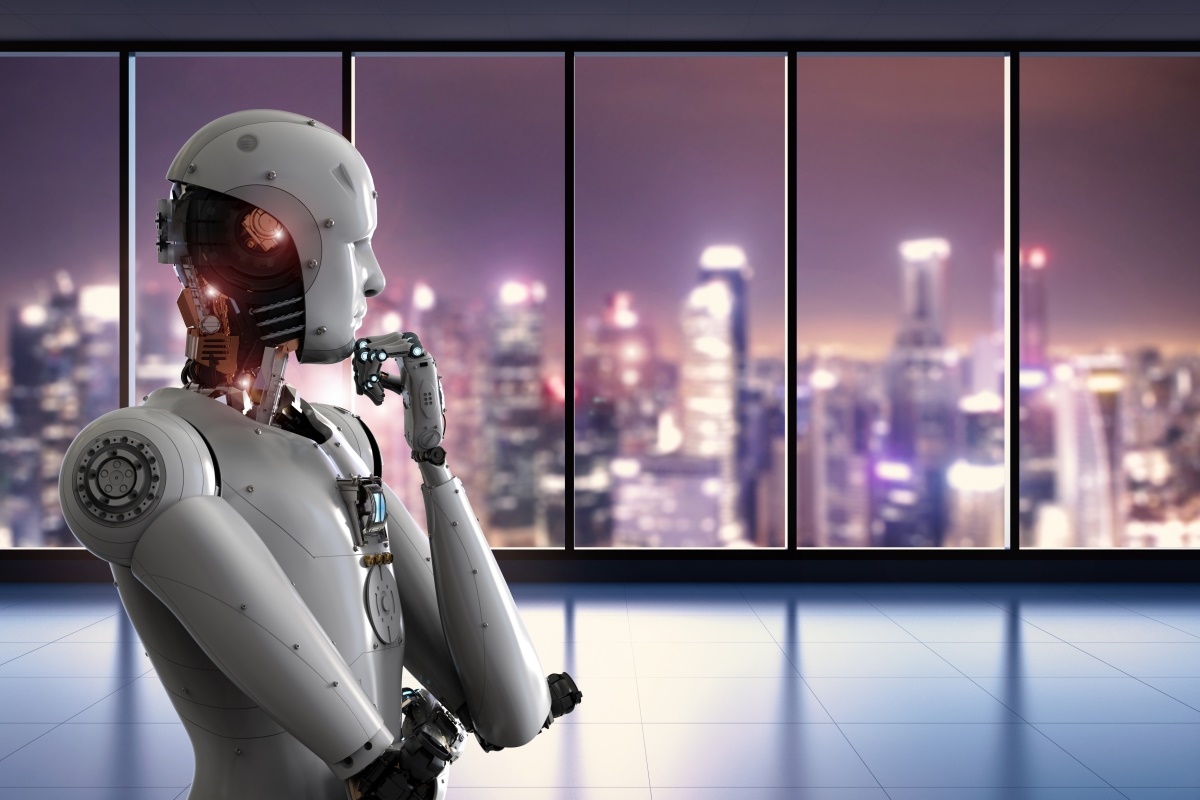
The final stage of AI development is building machines that can establish their own image of themselves. This will be when machines reach the level of human intelligence. The term self-awareness might be difficult to understand, so let me give you an example.
Compare these two sentences: “I’m happy” and “I know that I’m happy”. These are two different levels of intelligence, and humans have been lucky to possess both of them. “I’m happy” is the theory-of-mind level of intelligence where human thoughts and emotions happen. “I know that I’m happy” is the self-awareness level of intelligence, which is more advanced than the theory-of-mind level and where humans are aware of their own thoughts and emotions.
We might take this self-awareness ability for granted as it is embedded into us since the day we are born, but you can only see how advanced and mind-blowing it is when you look at it from a machine perspective. Self-awareness allows us to know our internal state of emotions in the face of a specific external stimulus, which then, in turn, helps us predict precisely the feelings of yourself and other people.
For instance, let’s imagine that after having binge-watched a movie series, you’re filled with guilt and regret. Self-awareness allows you to know the happening of those feelings and enables you to reliably predict that you’ll be filled with those bad feelings again if you binge-watch another series. So, to avoid them, you don’t.
Another example is you can predict that your wife will get mad if you don’t do your dishes because that’s how you feel when she doesn’t do her dishes. Machines can’t do any of these until they reach the self-awareness level of intelligence. Till now, AI has only evolved enough to tell you about the content written with ChatGPT or other similar tools, using AI Content Detector.
While it’s true that humankind is still very far away from creating machines that are self-aware, this is the ultimate destination that AI development company is heading to. On the way to building self-awareness-capable AI machines, we will also learn what it’s like to be humans, and get to know all of the incredible human abilities that we have taken for granted.
The best seven benefits that artificial intelligence can bring about
1. Bring Automation To The Next Level:
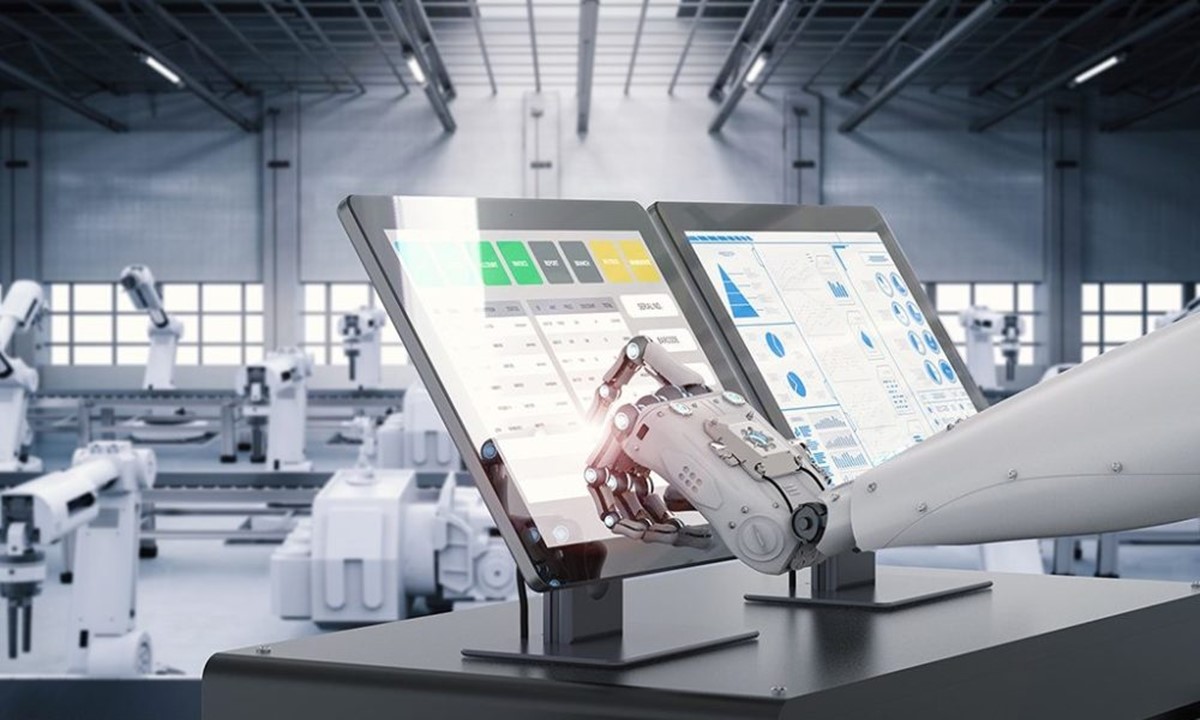
Today, Machine learning, deep learning, and other AI technologies are gradually being implemented and integrated into industries and organizations to reduce the workload of humans. In fact, by 2030, an estimated 30% of work hours across the US economy could be automated with AI. AI can perform heavy human labor and backbreaking tasks easily without the need for human interference. It has massively simplified a variety of processes and activities in businesses as well as in various other sectors.
It has greatly reduced running costs and labor costs, taking AI automation to a degree that has not been seen before. Artificial Intelligence can also support software development processes. Modern tools like this AI coding tool are free to try and set up in just 30 seconds, offering efficiency and speed in tasks traditionally handled by human developers. A beautiful example of AI usage in manufacturing, which boosts the use of automation, can be seen in Okuma, a Japanese machine tool maker. They have recently delivered a multitude of technologies to highlight the future of smart manufacturing. Those include robots for plants of all sizes, modern and updated machine machines, and smart machine tools. Okuma clearly represents AI’s blessing in the automation of industries.
2. Free Humans from Performing Tedious Tasks:
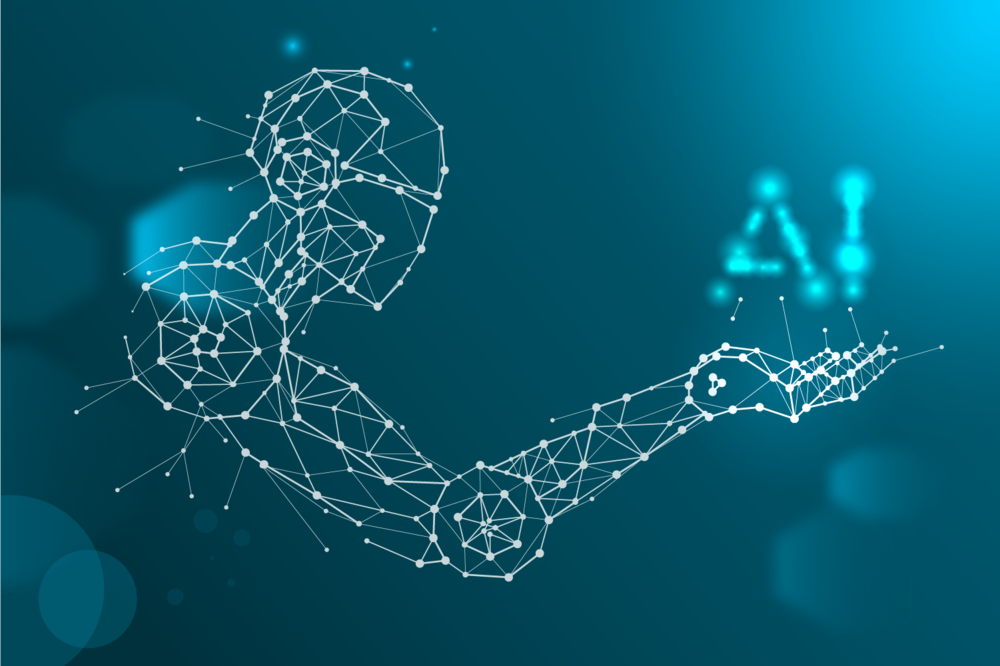
Artificial Intelligence can also be considered a blessing to mankind, provided that it liberates humans and allows them to perform the tasks in which they excel. We may base the importance of AI and its implementations on the claim that this technology takes care of all the time-consuming activities that humans must perform in order to produce desired results.
Machines excel in caring for cumbersome works, and this leaves enough room and time for people to work on more creative and interpersonal aspects of their lives. Take the example of the banking sector, which, thanks to the applications of AI, has and will see a major breakthrough. Financial companies today see the use of this technology as a way of making banking simpler and much easier for customers. This has gone a long way in allowing financial analysts to rebound from the tiresome complexity of their work and to concentrate on deeper study and analysis of customer behavior across the board.
3. Enhance The Accuracy of Weather Forecast:

In recent years, we have seen the use of Artificial Intelligence and its innovations in weather andclimate forecasting. The area of “Climate Informatics” is continuously thriving as it encourages a fruitful partnership between data scientists and climate scientists. This partnership has provided instruments for the observation and study of increasingly complex climate data. It has substantially helped bridge the gap between data and analysis.
There are various AI applications for accurate weather forecasting. For example, IBM used its computers to boost its forecasts back in 1996. Since then, this American company has improved and strengthened its forecasting approaches with the introduction of AI. Humans today have a greater understanding of the effects and causes of climate change. The area of weather forecasting is extremely challenging and calls for intensive computation and deep-learning networks that can allow computers to make complex calculations. As a result, the developments in AI and its enviable computing capacity have contributed to the advent of supercomputers. AI has given man a much-needed insight into extreme climatic conditions so that we can get well prepared for future disasters and natural hazards.
4. Predict Disasters:

California suffered massive damage in 2017 due to the outbreak of wildfires. More than 1 million acres worth of land is confirmed to have been destroyed in wildfires that took the lives of 85 people, 249 of whom were missing.
Because of the challenge of climate change, more and more businesses are now adopting artificial intelligence to combat disasters. AI has thus successfully demonstrated its indispensability to evaluate smart disaster responses and to provide real-time data on disasters and weather events. This is incredibly useful for humans because it can detect signals from the environment and thereby help to enhance disaster preparedness.
AI technology is also extremely helpful as they alert us in a timely manner with enough space to organise ourselves in the face of an imminent catastrophe and reduce losses. Deep-learning is also expected to soon be combined with catastrophe models in order to develop useful response strategies.
5. Free Humans From Bearing All Responsibilities:
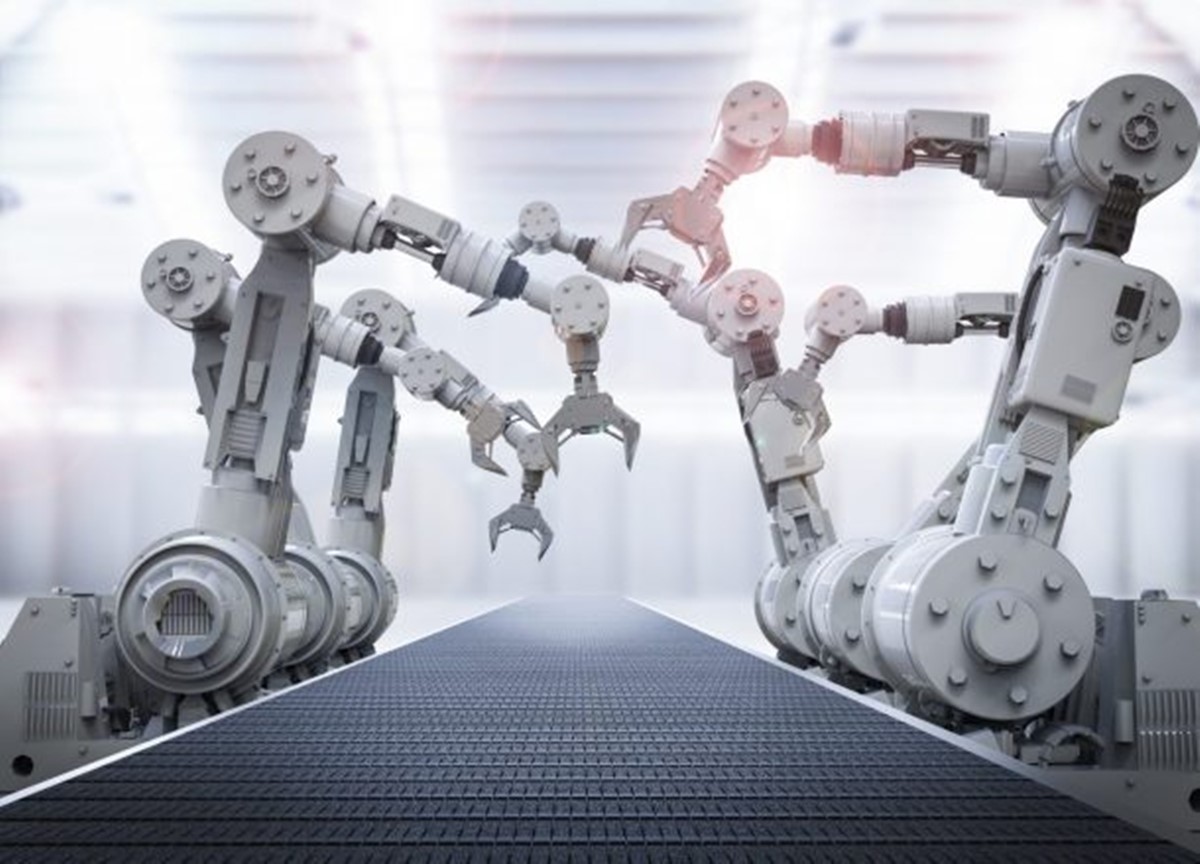
It’s a common misconception that AI will one day be the end of mankind, and robots and computers will take over the world fully and permanently. What is generally overlooked, however, is the fact that the presence of AI in our everyday lives helps to liberate us from all the obligations that we do not want or need.
Needless to say, we cannot allow superior intelligence to blindly rule us. However, not using its value to our advantage would be an equally stupid thing to do. The prospect of war and warfare is a convincing example in this regard.
AI has an enormous promise as a possible application to war, as stipulated in Paul Scharre’s book “Army of None”. As described in his book, in the future, military and artificial intelligence would work together in the battle field.
6. Combine Creativity and Technology:
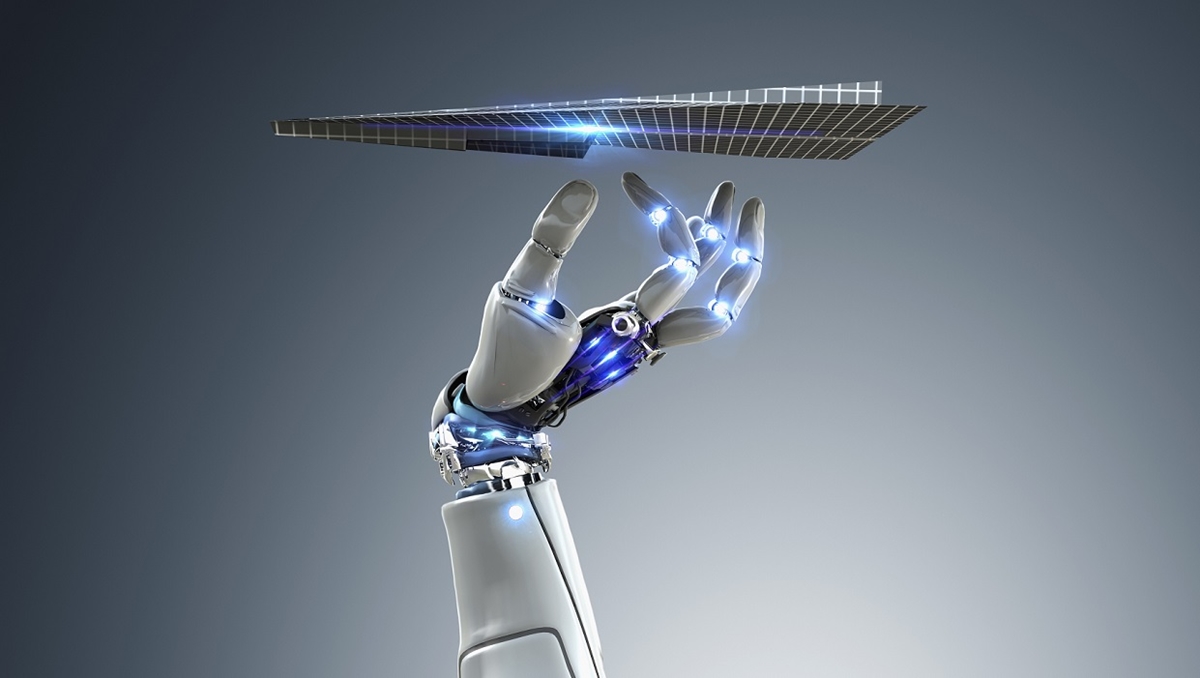
AI can most certainly be considered the dream combination of innovation and technology. Artificial Intelligence is nothing but a robotic computer that has the potential to think intelligently and creatively, as well as to translate these thoughts independently into a number of human applications.
This core of Artificial Intelligence is what has and will revolutionize the way we live as humans. AI is not just a one-dimensional technology. The advantages and uses are much more significant and remarkable than its apprehensions, and this is exactly what will support humans in the future. The Gen Z communication approaches demonstrate how AI blends innovation and technology to produce amazing results. Using the powerful Artificial Intelligence method, brands can now use the appropriate technologies to fulfill the needs and wishes of Gen Z. This marketing strategy, which is mainly data-driven, is just one in a huge list of AI applications in terms of putting together its technical amazingness and creativity.
7. Eliminate Human Errors:
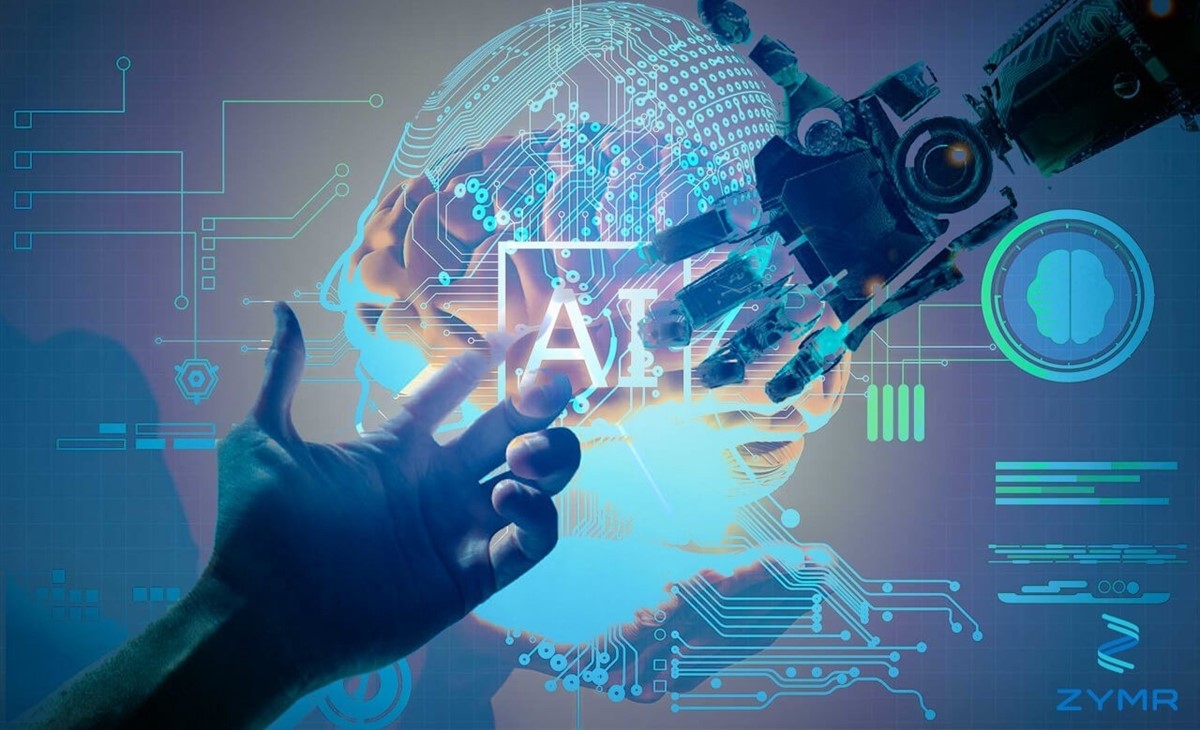
Clive Swan, Senior Vice President at Oracle Adaptive Intelligent Apps, shares AI has lots of promising applications as it eliminates the burden of human interaction and thereby removes all human error.
The best thing about AI and its many applications is that they are error-free. Industries and organisations typically have to leave considerable space for human error because it is inevitable with manual human labor. It is what companies have to contend mainly with, and it also throws barriers in the way of creativity as well as scientific and technical developments.
Final words
While there are concerns that claim robots are more effective, so human employees will be discarded in the future, there will be far more jobs and benefits that AI will bring about. Artificial intelligence does bring revolutionary changes in the way we do things, but the invention of the plow didn’t remove the need for farm workers, nor did the invention of the machine eradicate the need for mathematicians. Like in all technological changes, the introduction of AI should be used to help the human race enter a new paradigm, not to fully replace it.
New Posts






